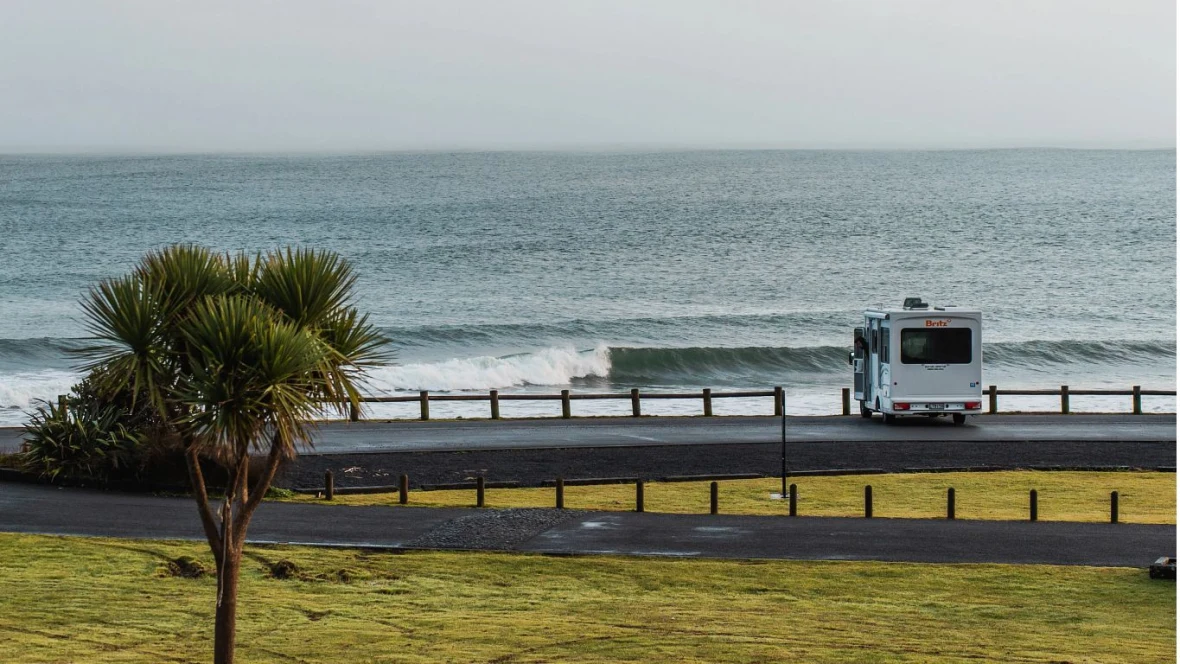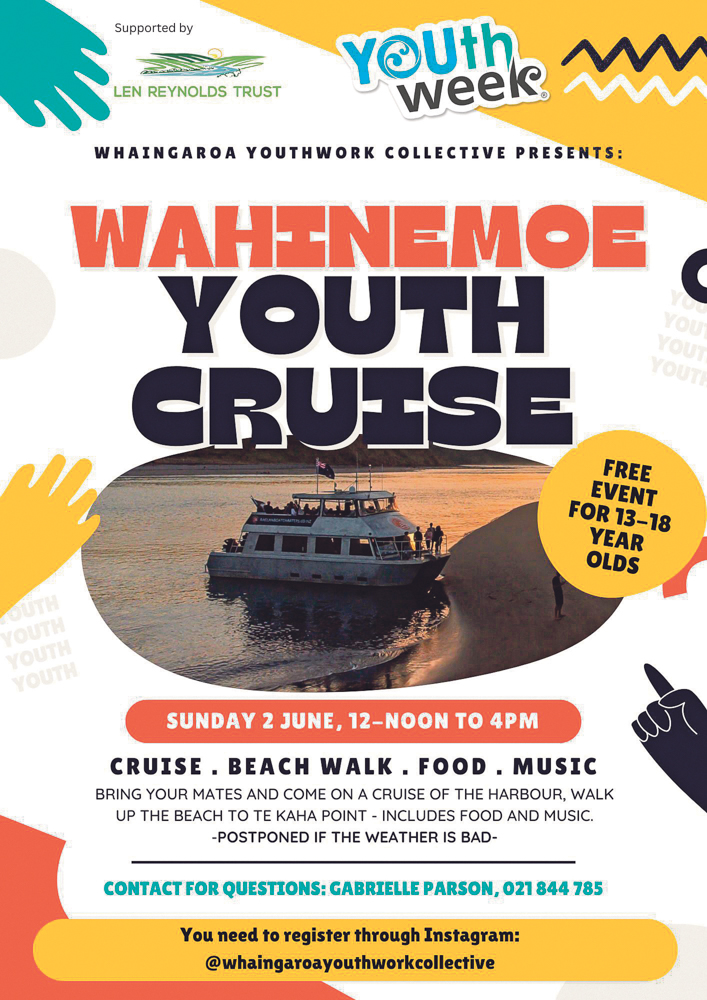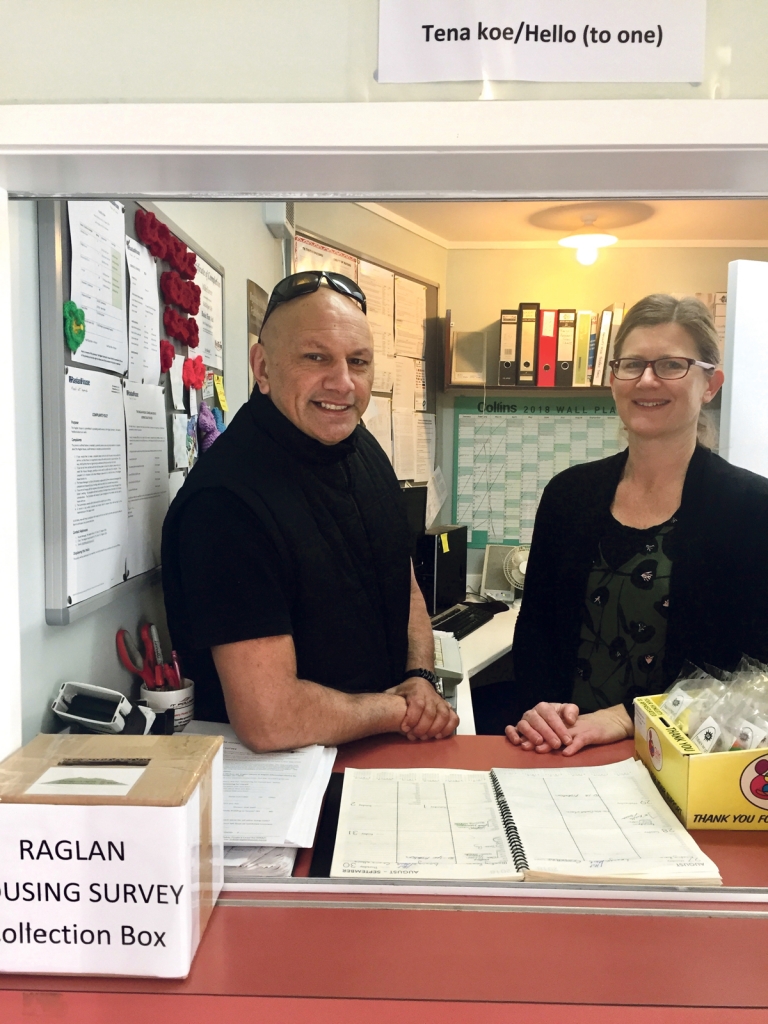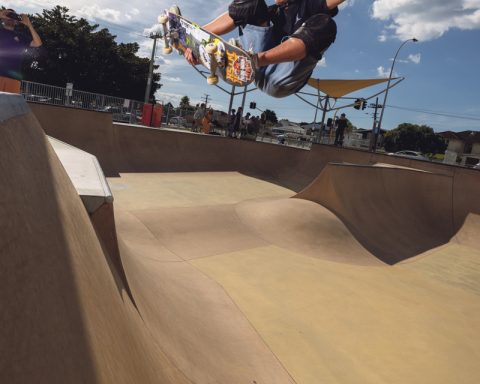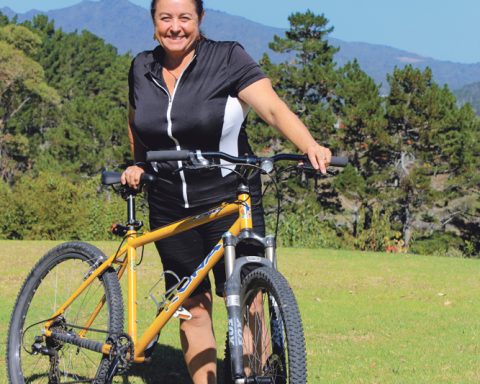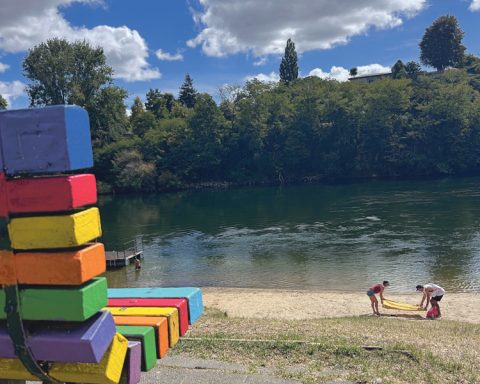This content was made possible thanks to raglanradio.com – tune in at 98.1FM.
Following the recent Raglan Community Board meeting held last Wednesday at the Town Hall, deputy chair Chris Rayner joins us in the studio to chat about freedom camping, rural waste issues, an update on the Manu Bay Break-wall and more on local infrastructure and transport.
Freedom Camping
Once again, freedom camping is stirring debate, with an increase in 18 to 30 campers parking on James St. nightly over summer months. Concerned residents have reported disruptive behaviour, including theft from local gardens, unauthorised use of water and street arguments among the campers.
Chris highlights the complexity of the issue, noting that according to national legislation councils can only restrict certain streets from freedom camping rather than impose blanket bans across the town, basically forcing them to play whack-a-mole with campervan hotspots.
Recent amendments to freedom camping laws require campers to use self-contained vehicles with toilet facilities, which aims to reduce strain on community infrastructure like public toilets. However, enforcement of these regulations remains lax.
Last summer, the Waikato District Council funded a Freedom Camping Ambassador position tasked with engaging campers to educate them about the rules and regulations. While compliance remains an issue, Chris emphasises the ongoing need for education and engagement, especially as new waves of tourists visit the district each year.
Rural Waste Issues
Staff from Xtreme Zero Waste presented a report into the ongoing issues at the Te Uku rural recycling depots in Whāingaroa. Their findings revealed that the lack of staff presence is a major reason (amongst others) behind the persistent problems at this and other rural sites, which have experienced repeated illegal dumping.
Undertaking an in-depth survey, XZW is attempting to unravel the problems surrounding this unmanned drop-off spot. Following the closure of drop off sites at Maungatawhiri Rd and Te Mata Rd entrances, the recent refurbishment of the facility in Te Mata appears to have reduced some of the issues they were facing there.
With some Raglan residents also using Te Uku site as a drop-off point the cost of processing rural waste is exceeding the funding from the rural waste targeted rate and there is need for a sustainable solution. Xtreme will now be looking to formulate plans by engaging with the rural community.
When asked about overflowing bins at Papahua Xtreme explained that the bins were filling up within the space of an hour on busy summer days while the rubbish truck was still doing the rest of its circuit.
This prompted discussion about removing bins from public parks altogether so that people would take their rubbish home with them. There are no plans to actually do this at this stage but Council and Xtreme are watching successful endeavours at other councils like Rotorua Lakes District Council where they recently removed bins at Blue Lake. However, Chris says that the usefulness of such measures hinges on behaviour and community cooperation.
The heart of the matter appears to lie in fostering a culture of responsibility and accountability. As waste generation escalates unabated, confronting the issue will require collective effort and community-based solutions.
Manu Bay Break-wall
After a prolonged period of waiting, progress has finally been made regarding the issues surrounding the break-wall at Manu Bay. A comprehensive report containing five potential solutions has been completed and is set to be distributed to stakeholders.
“It’s been a real, long dragged out process,” said Chris.
The report addresses the challenges posed by both old and new walls, which have caused problems with wave interference and overtopping. Despite constraints related to preserving the surf break at Manu Bay (a surf break of national significance), several options have been identified, with one standing out as the potential optimal solution.
However, the process involves further consultation with stakeholders and thorough consideration of financial costs, which are expected to be in the millions of dollars.
Chris also credited Community Board Chair Dennis Amoore for his commitment to working toward a resolution on an issue that has been running for about 8 years.
Change to SH23
Responsibility for the portion of SH23 where vehicles enter Raglan township, specifically from Hills Rd, has now shifted to Waikato District Council. Alongside this change, the speed limit has been reduced from 100 km/h to 60 km/h.
From Chris’s perspective, the next critical area requiring attention is the intersection of Greenslade Rd with SH23, which will eventually be handed over to the district council as well. This junction is notorious for its unsafe conditions, characterised by a blind corner where a residential road intersects an open road.
However, the potential for road safety improvements at this intersection is overshadowed by the coalition Government’s announcements regarding ‘Roads of National Significance’ and possible cuts to the transport budget. This uncertainty clouds any plans for addressing the safety concerns in the near future.
Additionally, the sluggish pace at which NZTA -Waka Kotahi typically operates further delays any hopes of a resolution for Greenslade Rd. As it stands, the prospect of a fix for this hazardous intersection remains distant.
Planning for Growth
As Raglan continues to grow, concerns persist about the lack of a comprehensive town structure plan. Chris, speaking on behalf of the Community Board, highlights the need to establish a framework for a future vision for Raglan, including the CBD and surrounding areas. This involves planning for roads, by-passes, three-waters infrastructure, parks, schools, and shopping and industrial areas.
Chris emphasises the importance for the board to engage with the council’s Strategic Planning Group and to consider the Draft Transport Strategy for Raglan – a new document which is not yet available to the public. Issues such as the vulnerability of the community if SH23 is cut off again, maintenance of rural unsealed roads and traffic congestion on SH23 as the population grows are significant factors affecting our community.
Chris also notes the disparity between government level decisions to allow population growth while not allowing for growth of infrastructure, adding that there needs to be careful consideration of the infrastructure required to support a larger population. For instance, improved public transport could lower the expected pressure on SH23 that will occur with the doubling of Raglan’s population in the long term.
“That’s one of the [Community Board’s] major goals – to set up the right framework, so that that discussion can then flourish.”
The next Raglan Community Board Meeting is set for Wednesday, 19 June, at the Town Hall Supper Rooms, with the public forum starting from 1.30pm.
